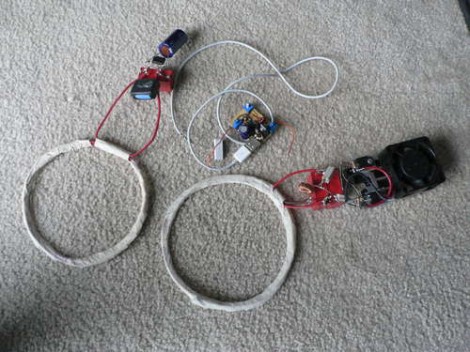If you’re tired of drinking mere water, like from the toilet, then you should definitely install a Brawndo drinking fountain. Apparently, in addition to being what plants crave, geeks also enjoy this futuristic beverage.
As with many hacks, this fountain started out with a broken piece of equipment – a water fountain. After searching unsuccessfully for a new pushbutton valve [Dave] and [Craig] decided to use a solenoid valve instead. Logically, they decided that if a new valve was needed, some new features to go along with it were also needed. Along with this valve, a peristalsis pump was installed to add flavoring to the water if Brawndo was selected (as opposed to toilet water).
The hack was finished off with some nice decals and a switch plate. As you may have suspected, the Brawndo fountain was custom made for a makerspace. In this case Kansas City’s own Hammerspace. Be sure to check them out if you’re in the area!

















